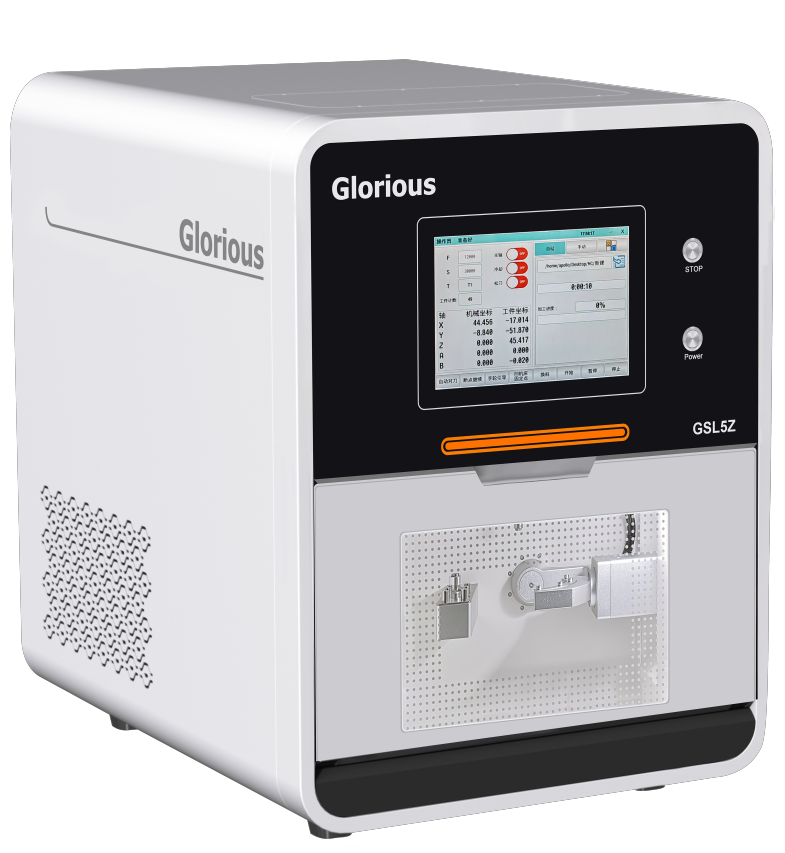What Does A Milling Machine Do In Dentistry?
Although people have a zeal for laughter, everyone cannot have that because of their tooth problems. A dental milling machine can help them smile by improving their dental health. But purchasing them is always a big decision in terms of investment and workflow updates. As such, dental practices should have a clear idea about their function.
Working on dental prosthetics became easy with the introduction of CAD/CAM dental milling machines. It has become mainstream in restorative and implant dentistry. Dental practices can offer patients an efficient and optimal dental restoration fast, and even on the same day. Thus, it delivers a perfect solution for dental practices and dental patients.
Dental milling machine overview
The dental CAD/CAM machine is a small cutting machine equipped with a CAD/CAM system. Boasting a computer-aided design and computer-aided manufacturing process, it processes prosthetics automatically. The machine can replace missing teeth by creating accurate fillings and crowns.
CAD-CAM technology stands for digital dentistry and has evolved as a revolutionary process. It significantly impacts all types of dental restorations. Other than the milling machine the quality of restoration material is also vital to achieve an accurate, efficient, and high-quality restoration outcome. The process involves the following steps:
Scanning: It records intraoral conditions like caries, cavities, and other dental problems for creating a 3D impression using CAD/CAM software. It also helps to check deficiencies on a large screen and make necessary corrections.
Designing: It involves designing crowns, veneers, and other dental restoration materials with the help of digital impressions.
Milling: It involves creating the required control using prefabricated material using the software-developed design. These are finished with the help of dental milling machines of various types.
Finishing: It is the final step and involves placing the milled restoration item in the mouth to the entire satisfaction of patients.
Different types of dental milling machines
Milling machines for dentistry are of the following three types and dental milling machine price varies with the number of axis, cleaning processes, and the precise restoration they deliver.
Wet type: These milling machines use coolant or water for cleaning the extra material and lowering down the heat generated during the process. These are ideal to work with hard materials like cobalt chrome, glass ceramics, titanium, etc. Most patients favor harder restorations due to their looks and strength.
Dry type: No coolant or water is used in the process. It uses air instead for removing extra material from the workpiece. These are perfect for soft materials like PMMA, Peek, Zirconia, and wax.
Combined type: These are 2-in-1 milling machines and are compatible with both wet and dry methods. It provides a great advantage for dental practices, as they can use it for processing a wide variety of dental restoration materials. It involves high upfront investment.
Functions
A dental milling machine happens to be the foundation of digital dentistry. Dental practices use it for grinding and milling 3D objects created by the CAD/CAM machine using a digital file. A milling machine can serve a wide variety of purposes in dentistry. One can use it to create dental crowns, bridges, dentures, implants, prostheses, and many more. Loaded with the CAD/CAM system Chair-side milling can deliver fast and accurate dental prostheses for quick relief. Such restorations also ensure better fit and longer life.
Advantages of dental milling machine:
It minimizes working time and provides accurate, efficient, and faster treatment on the same day. It avoids multiple visits and thus enhances patient comfort. It further gives a dental practice an edge over the processes that required multiple visits. Being digitally controlled the milling machines for dentistry offer the most accurate rental restoration. It ensures high-quality work. There is hardly any chance for errors and risk of contamination.



